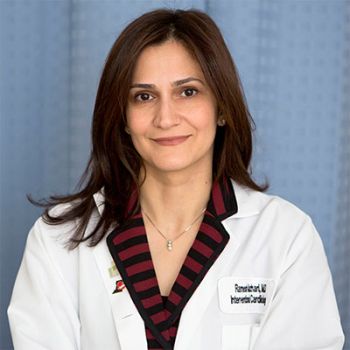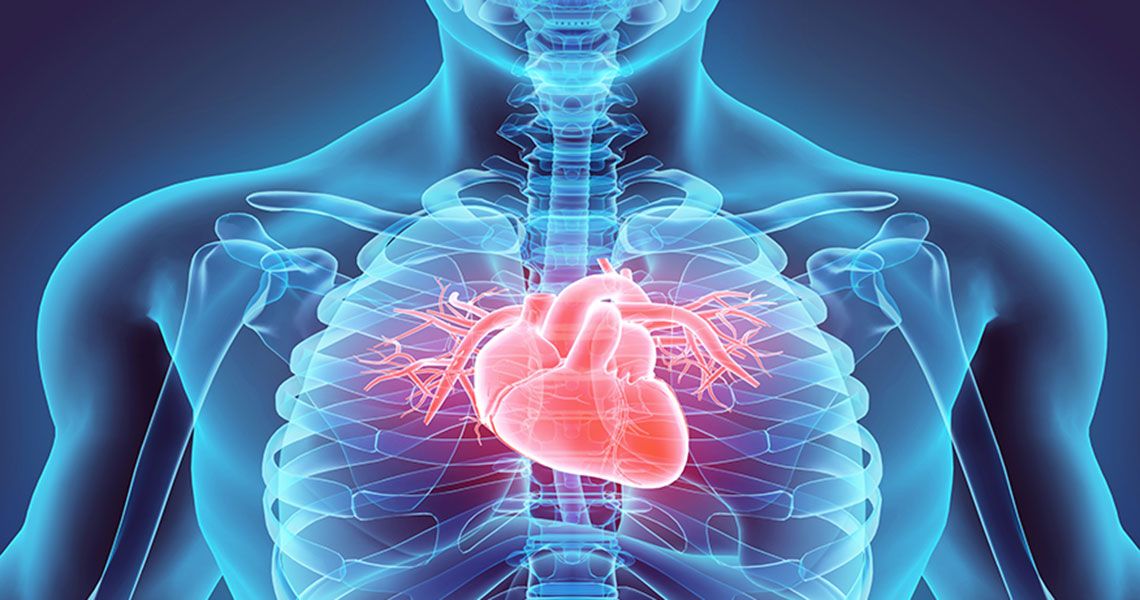For many years, transradial cardiac catheterization, a specialized non-surgical procedure for seriously ill cardiac patients, has been the preferred approach among interventional cardiologists in Europe and Canada. Its adoption in the United States, however, has been sluggish. The George Washington University (GW) Hospital is changing that.
Among the most serious heart attacks a person can suffer from is a STEMI, or ST-Segment Elevation Myocardial Infarction. It’s caused by a blockage of blood flow in the coronary artery, and a condition for which timely treatment is of the utmost importance.

Transradial cardiac catheterization, which enables physicians to diagnose coronary blockages, and, when possible, restore blood flow, offers access to the heart through the patient’s wrist. It is considered by many to be safer and more comfortable for the patient than the U.S. standard using the wider, straighter femoral artery. The smaller artery in the wrist is close to the surface, rather than deep within the muscle of the upper thigh, so spotting problems and addressing them is faster and easier, lowering the risk of unchecked bleeding, said Ramesh Mazhari, MD, RESD ’06, MSHS ’14, director of interventional cardiology fellowship program and associate professor of medicine at the GW School of Medicine and Health Sciences. The location also means recovery times are often much shorter.
“We do almost 80 percent of our STEMIs transradially, because we actually believe that in the sickest patients, this strategy is the one that saves them from bleeding,” she said. “Is it now the default approach in our lab at GW.”
Currently, according to magazine Diagnostic and Interventional Cardiology, the U.S. average for how often this procedure is performed electively hovers around 27 percent. In the setting of STEMI, only 8-10 percent of cases are done transradially.
So why have other providers in the United States been slower to adopt the procedure? There are many reasons, chief among them being that a limited number of physicians receive training in transradial cardiac catheterization during their fellowships, Mazhari said, though that’s changing.
“People in the United States understand that the transradial approach not only has benefits for the patient, it also reduces the length of hospital stay. So there is a slow trend toward adopting transradial as the default approach nationally,” she explained.
One unique feature about the training program at GW, Mazhari added, is that every year two fellows are trained in the procedure so when they graduate they are “perfectly comfortable doing transradial procedures.” Those graduates then go off to other programs nationally and help teach others how to do the procedure and establish transradial programs at other hospitals, she said.
It’s especially important to feel comfortable with the procedure because time is of the essence with patients suffering from STEMI. GW’s skill in this area has kept door-to-balloon time at less than 90 minutes, said Mazhari.
“STEMIs are emergency cases, but the bottom line is if this is what you do in every single case, and if you’re comfortable, then you don’t hesitate to do it in an emergency setting,” she said.



